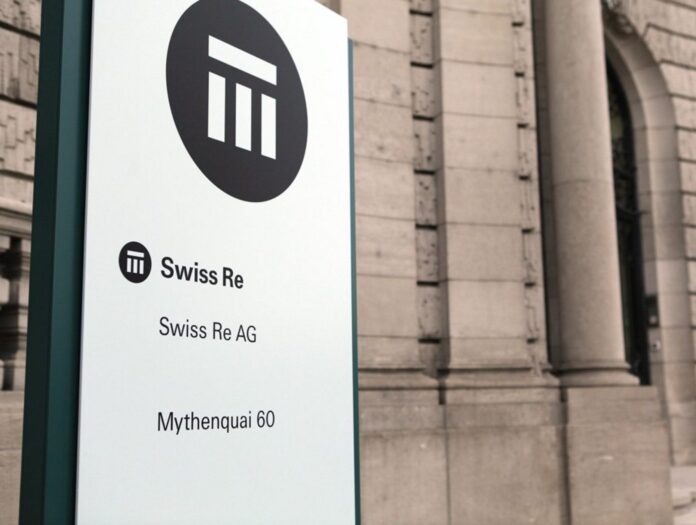Insurance news updte: Global Insured Losses from Natural Catastrophes in the First Half of 2024
According to preliminary estimates from the Swiss Re Institute, the first half of 2024 saw global insured losses from natural catastrophes reach USD 60 billion. This increase was primarily due to a high frequency of small to medium-sized events. Severe thunderstorms, particularly in the United States, accounted for 70% of these global insured losses.
Impact of Severe Thunderstorms
Balz Grollimund, Head of Catastrophe Perils at Swiss Re, highlighted that severe thunderstorms have become a major driver of increased insured losses in recent years. Factors contributing to this trend include growing populations and higher property values in urban areas, as well as increased vulnerability of insured properties to hail damage. As a result, multi-billion-dollar loss events from severe thunderstorms are likely to become more frequent.
Severe convective storms (SCS), which include strong winds, tornadoes, hail, and heavy rain, resulted in USD 42 billion in insured losses globally in the first half of 2024. In the United States alone, 12 storms each caused losses of USD 1 billion or more, underscoring the significant loss potential of this peril. According to Swiss Re Institute’s sigma 1/2024 report, insured losses from SCS in the US have grown by approximately 8% annually in nominal terms since 2008.
Economic and Social Factors
Jérôme Jean Haegeli, Swiss Re’s Group Chief Economist, noted that insured losses from severe thunderstorms have been rising due to various factors, including inflation, which has increased construction costs. Additionally, economic development has led to greater overall exposures. Therefore, investing in protective measures, such as flood defenses for vulnerable communities and improved building codes to safeguard homes against severe hailstorms, is essential.
Flood-Related Losses
Floods also contributed to above-average losses, accounting for 14% of global insured losses. Notable events occurred in the UAE, Germany, and Brazil. In April, severe thunderstorms caused torrential rain and flash floods on the Arabian Peninsula, resulting in unprecedented damage in the UAE. Industry estimates suggest insured losses will likely exceed USD 2 billion, marking the UAE’s costliest natural disaster on record. Factors such as swift urban growth, land use changes, insufficient drainage systems, and dry soils have intensified the severity of flood losses, particularly as heavy rainfall becomes more common in a warming climate.
Comparison of Economic and Insured Losses: H1 2024 vs. H1 2023
| Loss Type | H1 2024 | H1 2023 | H1 Previous 10-Year Avg | % Change vs. 10-Year Avg |
| Economic Losses | 127 | 159 | 98 | 29% |
| Natural Catastrophes | 120 | 152 | 91 | 31% |
| Man-made Catastrophes | 7 | 6 | 7 | – |
| Insured Losses | 66 | 65 | 43 | 54% |
| Natural Catastrophes | 60 | 60 | 37 | 62% |
| Man-made Catastrophes | 6 | 5 | 6 | – |
*Note: The previous 10-year average refers to the average first-half losses between 2014 and 2023. Figures are preliminary, and totals may not exactly match the sum of the separate figures due to rounding.*





